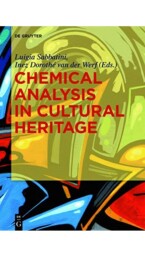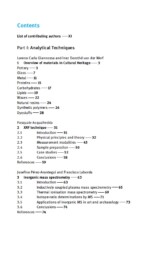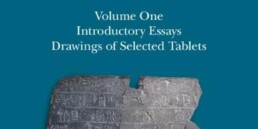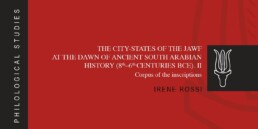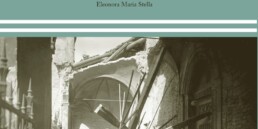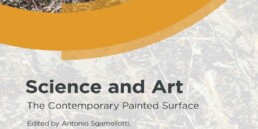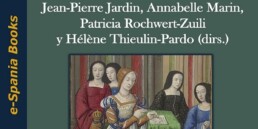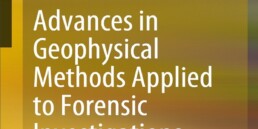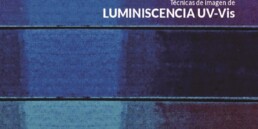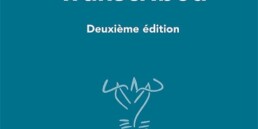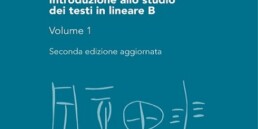Chemical Analysis in Cultural Heritage
Edited by Luigia Sabbatini and Inez Dorothé van der Werf.
Contributing Authors: Costanza Miliani, Susanna Bracci.
Language: English
Pages Roman: XV
Pages Arabic: 473
Illustrations BW: 80
Illustrations Color: 120
Tables BW: 20
Publisher: De Gruyter (24-2-2020)
Description:
Chemical Analysis provides non invasive and micro-analytical techniques for the investigation of cultural heritage materials. The tools and techniques, discussed by experts in the field, are of universal, sensitive and multi-component nature.
- Exploitation of non-destructive analytical methodologies in the field of Cultural Heritage.
- New tools and analytical concepts for nanomaterial investigation.
…
Part I: Analytical Techniques
6. Recent trends in the application of Fourier Transform Infrared (FT-IR) spectroscopy in Heritage Science: frommicro- to non-invasive FT-IR
Francesca Rosi, Laura Cartechini, Diego Sali, and Costanza Miliani
Pages: 121–150
Abstract: The relevance of FT-IR spectroscopy in heritage science has experienced a constant grow in the last two decades owing to analytical peculiarities that make it an extremely useful tool to answer the questions posed by the study and conservation of art-historical and archaeological materials. High versatility, sensitivity and molecular specificity are, in fact, all requirements that FT-IR spectroscopy fulfils allowing for the investigation of the chemical properties of heritage materials spanning from the micro- to the macro-scale and offering a variety of approaches to minimize sample manipulation and maximize extracted information. Molecular identification and localisation at high lateral resolution of organic and inorganic components in micro-samples was, over recently, the mostly exploited use of FT-IR in heritage science; however, benefiting from technological progress and advances in optical materials and components achieved in the last decade, it now stands out also for noninvasive surface analysis of artworks by fully portable instrumentation.
Part II: Selected Case studies
11. Wall paintings – diagnostic and archaeometric studies
Susanna Bracci and Giovanni Bartolozzi
Abstract: The paper deals with the techniques and protocols used for studying wall paintings. A brief introduction about the more recent literature dealing with archaeometric and diagnostic analyses of wall paintings is reported. After that, the illustration of three case studies, spanning from Roman to contemporary wall painting are described.
